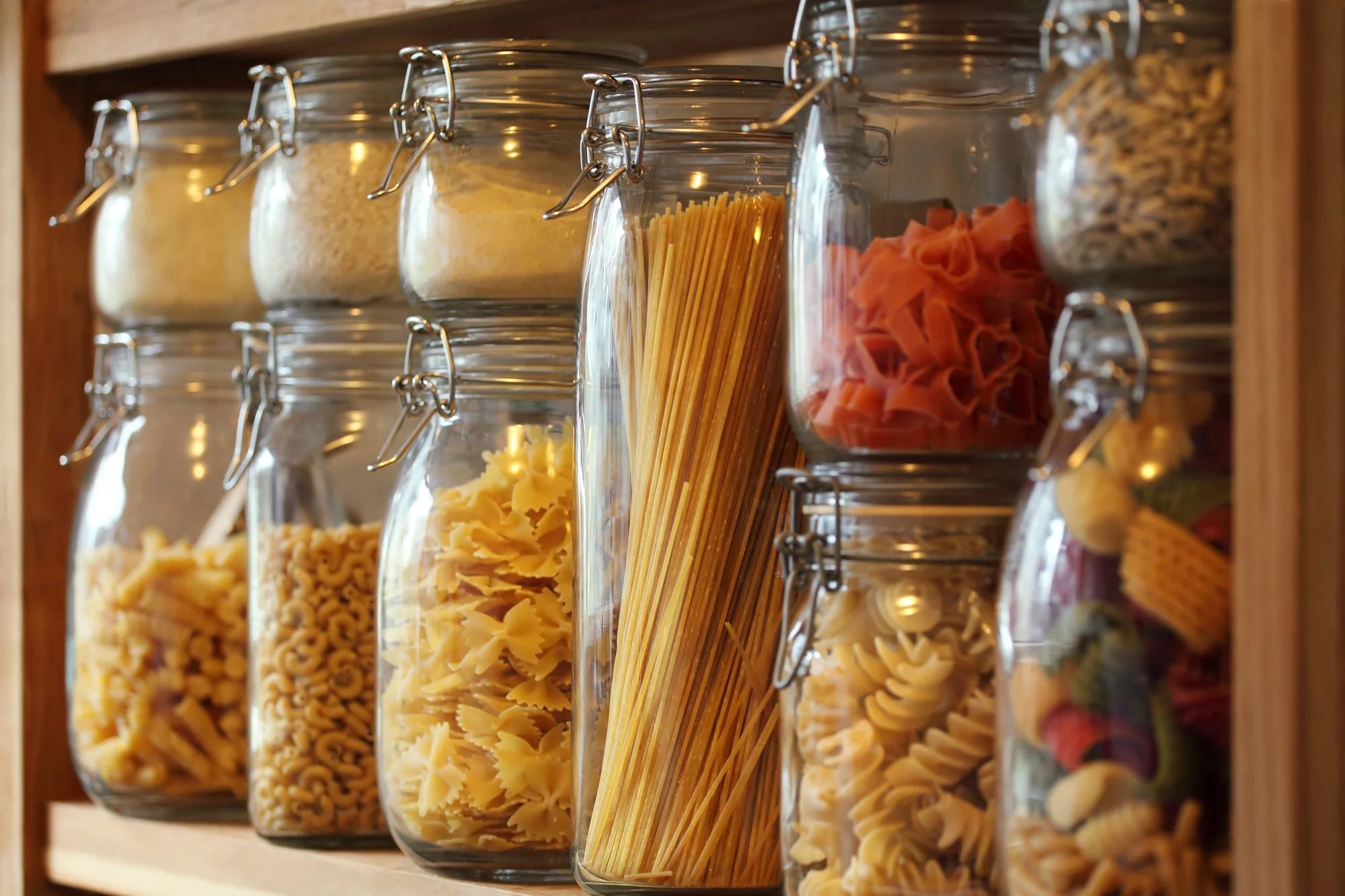

Articles
How To Store Dry Pasta
Modified: January 6, 2024
Learn the best methods for storing dry pasta in this informative article. Keep your pasta fresh and prevent it from going stale with these helpful tips.
(Many of the links in this article redirect to a specific reviewed product. Your purchase of these products through affiliate links helps to generate commission for Storables.com, at no extra cost. Learn more)
Introduction
Dry pasta is a pantry staple that can be found in kitchens around the world. Whether you’re a fan of spaghetti, penne, or macaroni, having a stock of dry pasta on hand is essential for quick and easy meals. However, ensuring that your dry pasta stays fresh and flavorful can be a challenge if not stored properly.
In this article, we will explore the best practices for storing dry pasta to prolong its shelf life and maintain its quality. From selecting the right storage container to choosing an ideal storage location, we will cover everything you need to know to keep your dry pasta in peak condition.
So, if you’re ready to learn the secrets of storing dry pasta like a pro, let’s dive in!
Key Takeaways:
- Master the art of storing dry pasta to maintain its freshness and flavor for up to two years past the expiration date. Choose the right container, ideal storage location, and proper sealing techniques to ensure your pasta stays in peak condition.
- Safely store cooked pasta in airtight containers in the refrigerator and follow simple tips to extend the shelf life of dry pasta. Regularly inspect and rotate your pasta stock to minimize waste and maximize your pasta supply.
Read more: How To Store Dry Pasta Long Term
Understanding the Shelf Life of Dry Pasta
Before delving into the intricacies of storing dry pasta, it’s important to understand its shelf life. Dry pasta has a remarkably long shelf life and can last for years if stored properly. The key to maintaining its quality lies in protecting it from moisture, pests, and extreme temperatures.
The expiration date printed on the packaging is a good indicator of how long the pasta will retain its optimal quality. However, it’s crucial to note that this date is not an automatic “do not consume” deadline. Instead, it signifies the manufacturer’s guarantee of the pasta’s peak quality and flavor. Past this date, the pasta may not spoil or be harmful, but it may lose some of its desired texture and taste.
In general, dry pasta can be safely stored for one to two years beyond its expiration date if it has been stored properly. However, it’s advisable to use your senses to assess the quality of the pasta before cooking it. If the pasta exhibits any signs of mold, an unpleasant odor, or an off texture, it is best to discard it.
Now that we understand the shelf life of dry pasta, let’s move on to the next crucial aspect: selecting the right storage container.
Selecting the Right Storage Container
Choosing the right storage container for your dry pasta is essential to maintain its freshness and protect it from moisture and pests. Here are some factors to consider when selecting a suitable container:
- Airtightness: Opt for containers that have an airtight seal to prevent air from entering and moisture from affecting the pasta. This will help to preserve the texture and flavor of the pasta for a longer period.
- Material: Look for containers made from sturdy and food-safe materials such as glass, plastic, or stainless steel. Ensure that the material is free from any potential contaminants that may affect the pasta’s quality.
- Size: Choose a container size that can accommodate the amount of dry pasta you typically use. It’s important to avoid overcrowding the container, as this may cause the pasta to become compacted and lose its shape.
- Transparency: Opt for transparent containers that allow you to easily see the contents. This will help you to quickly identify the type and quantity of dry pasta without opening the container.
There are various options available in the market that meet these criteria. Glass jars with airtight lids and plastic or stainless steel containers with secure locking mechanisms are popular choices for storing dry pasta. Additionally, some containers come with built-in measuring options, which can be helpful when determining portion sizes.
Now that you have selected the right storage container, let’s move on to the next step: finding an ideal storage location.
Choosing an Ideal Storage Location
Once you have the right storage container for your dry pasta, it’s time to consider the ideal storage location. Here are some factors to keep in mind:
- Cool and Dry: Choose a storage location that is cool and dry. Excessive heat and humidity can negatively affect the quality of the pasta and promote the growth of mold or bacteria. Avoid storing dry pasta near the stove, dishwasher, or any other heat-emitting appliances.
- Away from Sunlight: Sunlight can cause the pasta to fade and lose its vibrant color. It’s advisable to store the pasta in a dark area or use opaque containers to protect it from direct sunlight.
- Avoid Strong Odors: Dry pasta has a tendency to absorb strong odors from its surroundings. Keep it away from pungent spices, cleaning products, and any other items with strong scents that may permeate the pasta.
- Elevated and Pest-Free: Store your dry pasta in an elevated location to prevent pests such as ants or rodents from accessing it. Make sure the storage area is clean and free from any potential sources of contamination.
An ideal storage location for dry pasta can be a pantry cabinet, a dedicated shelf in your kitchen, or any other area that meets the above criteria. Avoid storing the pasta in places like the basement, garage, or any area that is prone to extreme temperature fluctuations or high humidity levels.
By selecting an appropriate storage location, you can ensure that your dry pasta remains fresh, flavorful, and free from any potential contaminants. Next, let’s discuss the importance of properly sealing dry pasta.
Properly Sealing Dry Pasta
Once you have transferred your dry pasta to the chosen storage container and found the ideal storage location, it’s crucial to properly seal the container to maintain the pasta’s freshness and protect it from external factors. Here are some tips for sealing dry pasta:
- Airtight Seal: Ensure that the storage container has a secure and airtight seal. This will prevent air from entering the container and exposing the pasta to moisture and contaminants.
- Double-check the Lid: Before storing the pasta, double-check that the lid or cover of the container is tightly closed. This will help to maintain the pasta’s quality and prevent any accidental spills or exposure.
- Label the Container: Consider labeling the storage container with the type and expiration date of the dry pasta. This will make it easier to identify and track the freshness of different pasta varieties in your pantry.
- Avoid Freezer Bags: While freezer bags may seem like a practical option, they are not the best choice for storing dry pasta. Freezer bags are not designed to provide an airtight seal, and air exposure can lead to moisture absorption and potential spoilage.
Properly sealing your dry pasta helps to ensure that it stays fresh and maintains its quality for an extended period. It also allows for easy identification and organization within your pantry. Now that you know how to seal the pasta, let’s explore how to protect it from moisture and humidity.
Store dry pasta in an airtight container in a cool, dry place to prevent moisture and insect infestation. Keep it away from strong odors to maintain its flavor.
Avoiding Moisture and Humidity
To maintain the quality of your dry pasta and extend its shelf life, it’s essential to protect it from moisture and humidity. Here are some tips to help you avoid moisture-related issues:
- Keep Away from Liquid Sources: Store your dry pasta away from sinks, dishwashers, and any other sources of liquid. Even a small amount of water can lead to clumping and spoilage.
- Use Silica Gel Packs: Consider adding silica gel packs to the storage container with the dry pasta. These packs help absorb excess moisture, keeping the pasta dry and fresh.
- Don’t Rinse Before Storage: Do not rinse the dry pasta before storing it. While rinsing pasta before cooking is common practice, rinsing it beforehand when storing can introduce unnecessary moisture.
- Regular Inspection: Periodically check your storage container for any signs of moisture or condensation. If you notice any, remove the pasta, dry the container thoroughly, and transfer the pasta back into the container.
- Consider Desiccant Packs: Desiccant packs, similar to silica gel packs, are designed to absorb moisture. Placing a desiccant pack in the storage container can help to keep the pasta dry and fresh.
By taking precautions to avoid moisture and humidity, you can ensure that your dry pasta remains in optimal condition and prevents the growth of mold or bacteria. Proactively addressing moisture-related issues will help extend the shelf life of your pasta. Now, let’s move on to discussing the storage of cooked pasta.
Storing Cooked Pasta
While dry pasta is the focus of this article, it’s worth mentioning how to properly store cooked pasta as well. Sometimes we may cook more pasta than needed, or we may want to prepare meals in advance. Here are some guidelines for storing cooked pasta:
- Cool Down: Allow the cooked pasta to cool down completely before storing it. This helps to prevent condensation and maintains the texture of the pasta.
- Use an Airtight Container: Transfer the cooled pasta into an airtight container to ensure that it stays fresh and protected from moisture. You can use plastic or glass containers with secure lids.
- Refrigerate: Store the container in the refrigerator to keep the cooked pasta fresh. It’s recommended to consume the pasta within 3-5 days of refrigeration.
- Avoid Overcooking: When cooking pasta that will be stored, slightly undercook it to maintain its texture when reheated. Overcooked pasta may turn mushy when reheated.
- Reheat Properly: When reheating the stored cooked pasta, avoid using the microwave, as it can make the pasta dry or unevenly heated. Instead, consider reheating it on the stovetop with a small amount of sauce or oil to restore its moisture and freshness.
By following these guidelines, you can safely store and enjoy cooked pasta even when it’s not immediately consumed. Just remember to refrigerate it promptly and consume it within the recommended timeframe to ensure its quality.
Now that we’ve covered storing both dry and cooked pasta, let’s explore some additional tips to further extend the shelf life of your dry pasta.
Extending the Shelf Life of Dry Pasta
While dry pasta already has a long shelf life, there are a few additional steps you can take to further extend its freshness and quality. Here are some tips:
- Rotate Your Stock: Practice “first in, first out” (FIFO) when it comes to using your dry pasta. Rotating your stock ensures that you are using the oldest pasta first, minimizing the chances of it going past its prime.
- Store in Smaller Portions: Consider dividing your dry pasta into smaller portions before storing. This allows you to open and use only what you need, keeping the remaining pasta sealed and fresh.
- Keep in a Dark Place: While we mentioned this earlier, it’s worth emphasizing again. Storing dry pasta in a dark place, away from direct sunlight, helps to preserve its natural color and flavor for a longer period.
- Use Tight-Weave Canisters: Consider using canisters with tight-weave lids that prevent any pests or insects from accessing the pasta. This extra layer of protection ensures that your pasta remains free from any unwanted visitors.
- Avoid Strong Smells: Do not store dry pasta near strong-smelling items such as garlic or onions. Dry pasta has a tendency to absorb odors, which can result in an unwanted flavor profile.
- Check for Spoilage: Regularly inspect your stored dry pasta for any signs of spoilage, such as mold or unusual smells. If you notice any issues, discard the affected pasta and thoroughly clean the storage container before using it again.
By implementing these practices, you can maximize the shelf life of your dry pasta and ensure that it maintains its quality for an extended period. With proper storage and care, you can enjoy delicious pasta dishes whenever you desire.
Now, let’s address some common questions related to storing dry pasta.
Frequently Asked Questions
Here are some commonly asked questions about storing dry pasta:
- Can I store dry pasta in its original packaging?
While the original packaging of dry pasta is designed to protect it, it may not always provide the best long-term storage solution. Consider transferring the pasta to an airtight container to maintain its freshness. - Does dry pasta need to be refrigerated?
No, dry pasta does not need to be refrigerated. It can be stored at room temperature in a cool and dry place. - Does pasta expire?
Dry pasta typically has a long shelf life and does not have an expiration date. However, it is best to use it within one to two years for optimal quality. - Can I freeze dry pasta?
Freezing dry pasta is not recommended as it can alter the texture and lead to a decrease in quality. It is best to store dry pasta at room temperature. - Can I store different types of pasta together?
Yes, you can store different types of dry pasta together, as long as they are properly sealed and stored in an airtight container. However, keep in mind that different pasta shapes may have different cooking times. - How do I know if my dry pasta has gone bad?
If you notice any signs of mold, an off odor, or a strange texture, it is best to discard the pasta, as these are indications that it has gone bad.
If you have any additional questions or concerns about storing dry pasta, it is advisable to refer to the specific instructions provided by the manufacturer or consult with a food safety professional.
Now, let’s wrap up our article.
Read more: How To Store Fresh Pasta
Conclusion
Properly storing dry pasta is essential to maintain its freshness, flavor, and quality for an extended period. By following the guidelines shared in this article, you can ensure that your pasta stays in optimal condition and ready to be turned into delicious meals.
From selecting the right storage container to choosing an ideal location, sealing the pasta properly, and avoiding moisture and humidity, each step plays a crucial role in preserving the integrity of the pasta. Additionally, storing cooked pasta correctly and implementing strategies to extend the shelf life can help minimize waste and maximize your pasta supply.
Remember to regularly inspect and rotate your pasta stock, keeping an eye out for any signs of spoilage. By taking these simple steps, you can confidently enjoy your dry pasta for up to one to two years past its expiration date.
Whether you’re an avid pasta lover or simply like to keep a variety of pasta on hand, mastering the art of storing dry pasta will ensure that you always have a reliable ingredient to whip up delicious meals in a pinch.
So, follow the tips outlined in this article, find the perfect storage container, and create an ideal storage location for your dry pasta. Enjoy the convenience and satisfaction of having fresh, flavorful pasta ready whenever you need it!
Frequently Asked Questions about How To Store Dry Pasta
Was this page helpful?
At Storables.com, we guarantee accurate and reliable information. Our content, validated by Expert Board Contributors, is crafted following stringent Editorial Policies. We're committed to providing you with well-researched, expert-backed insights for all your informational needs.
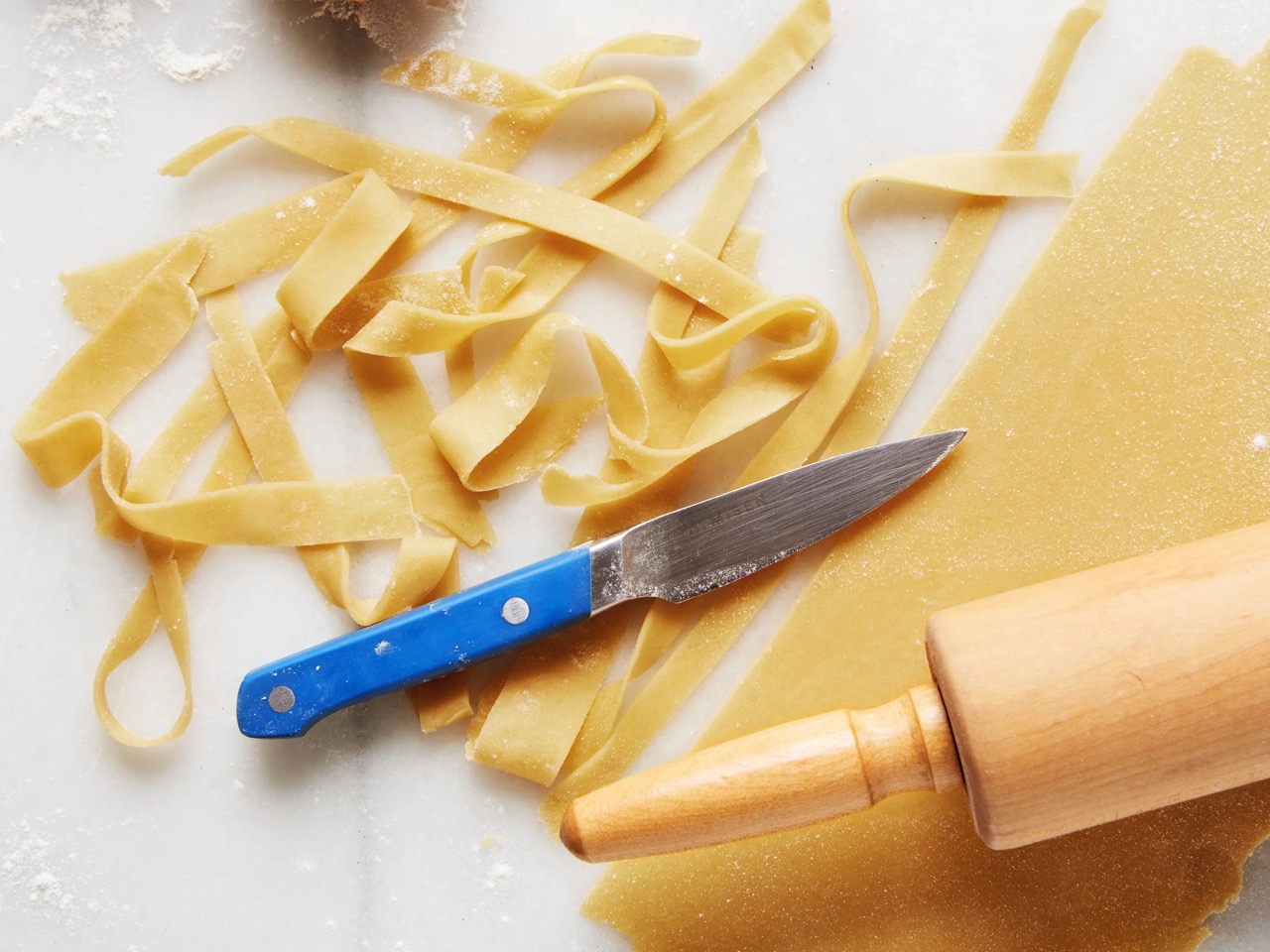

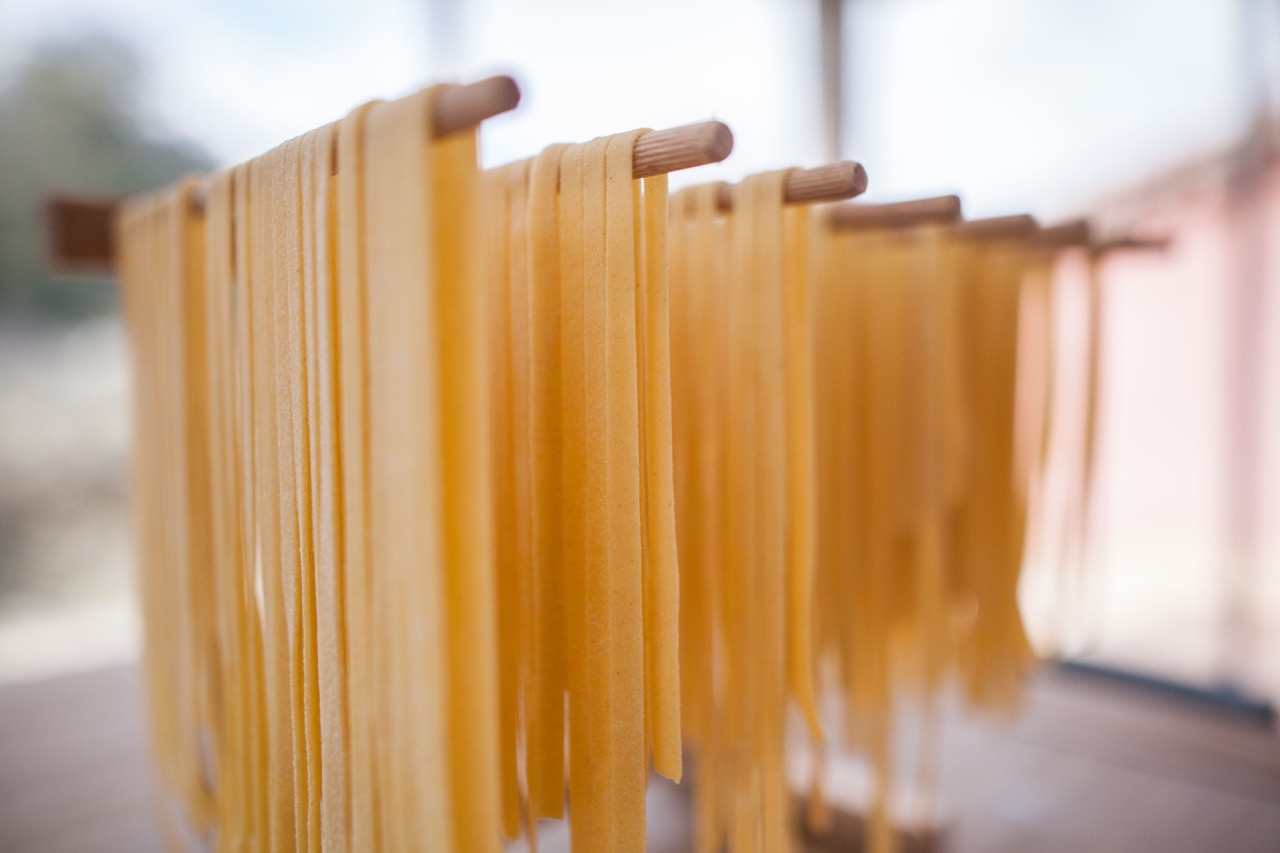

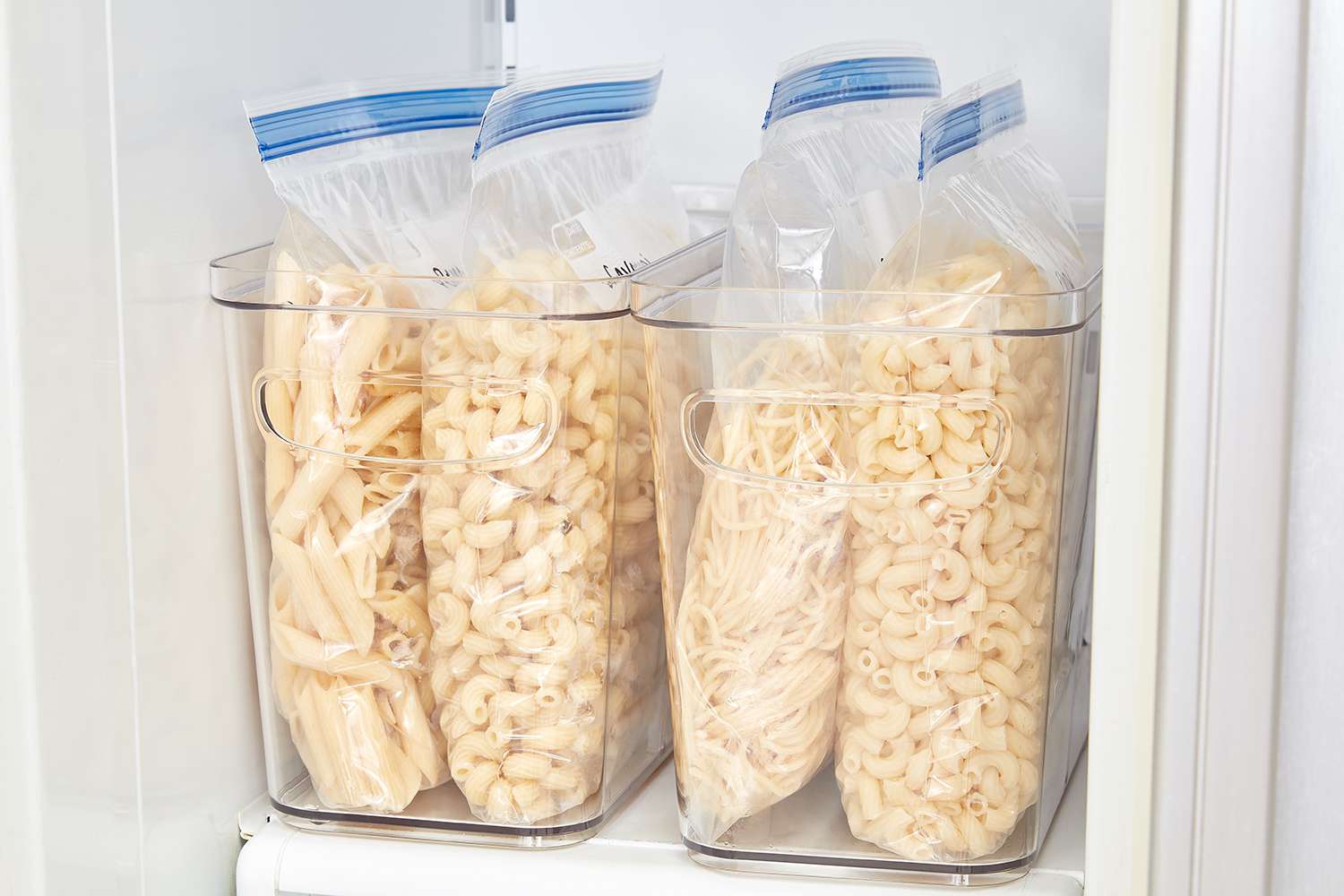
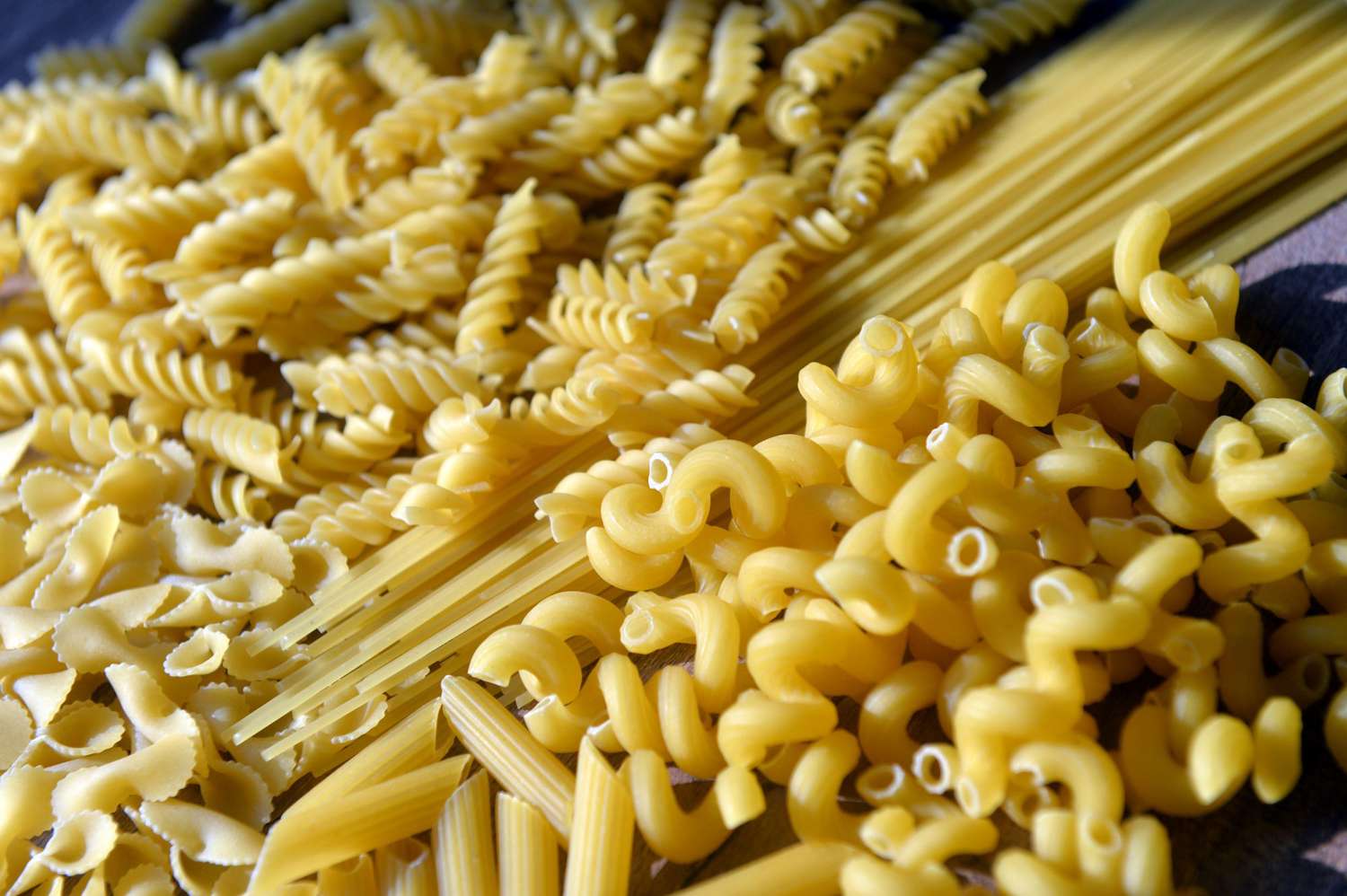
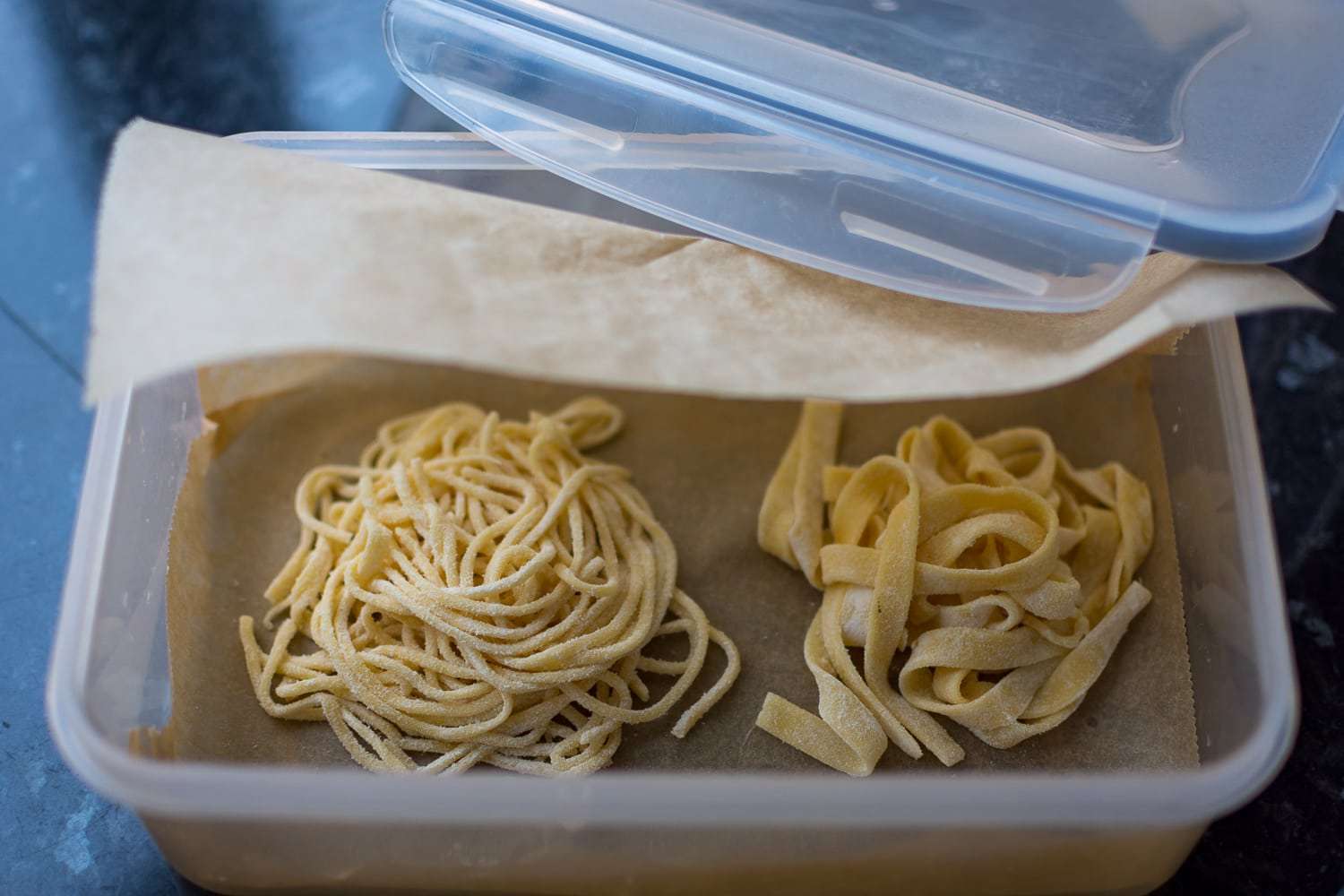
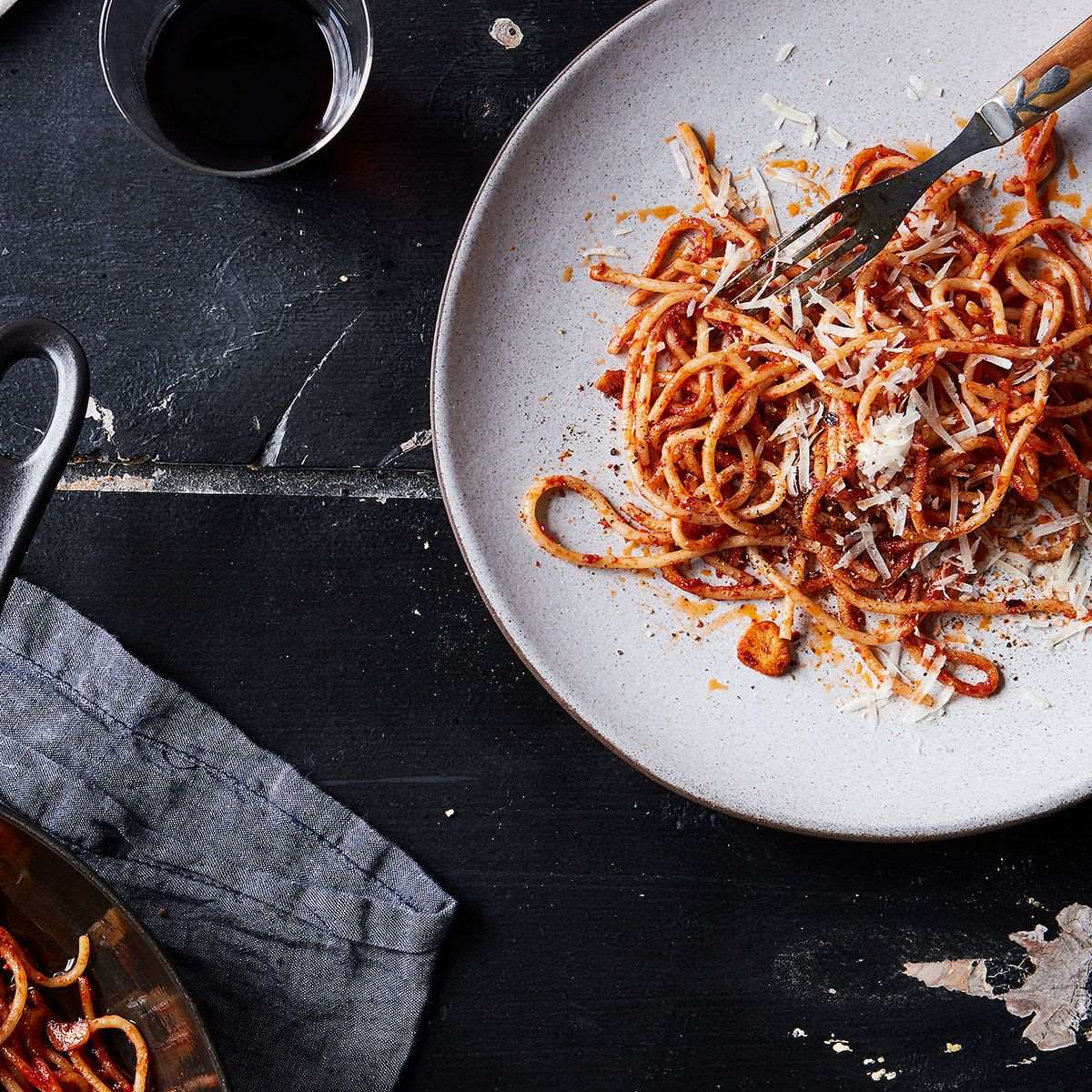
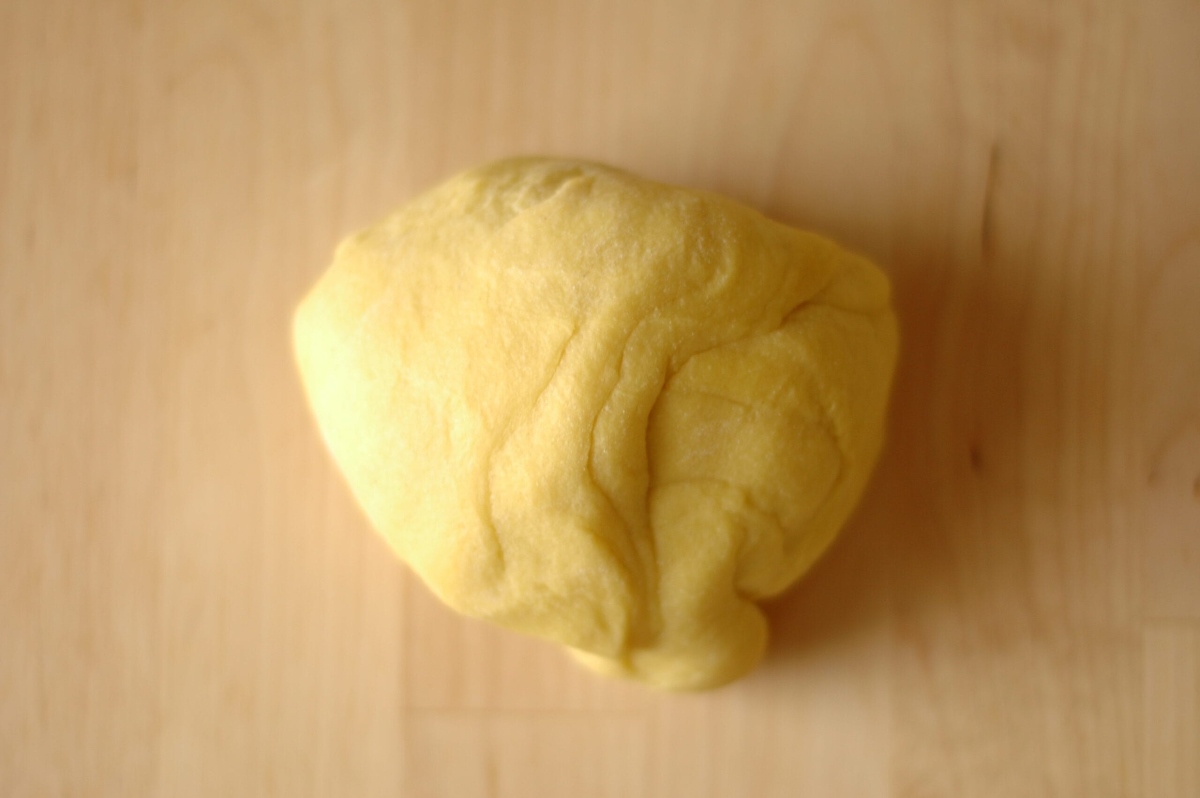
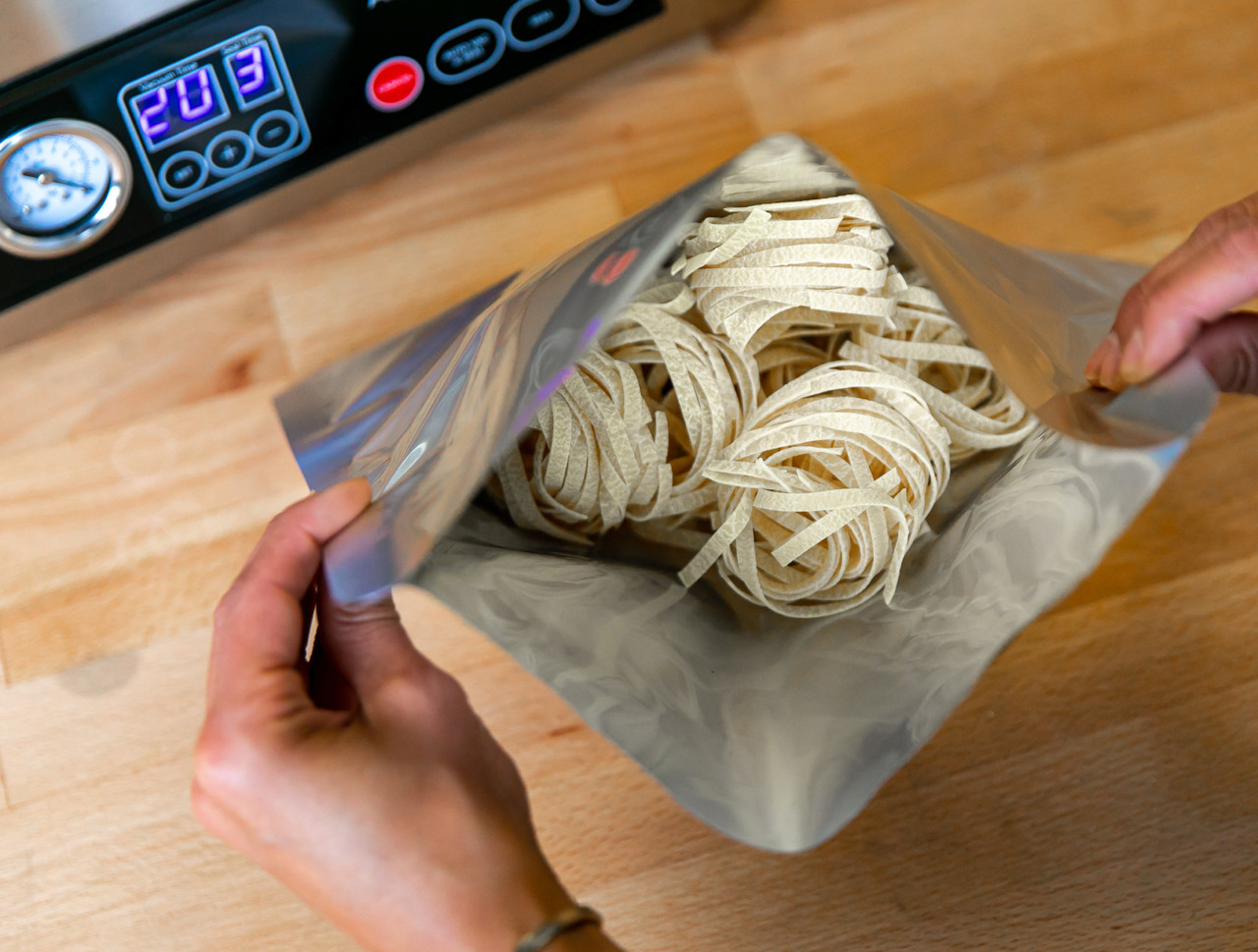
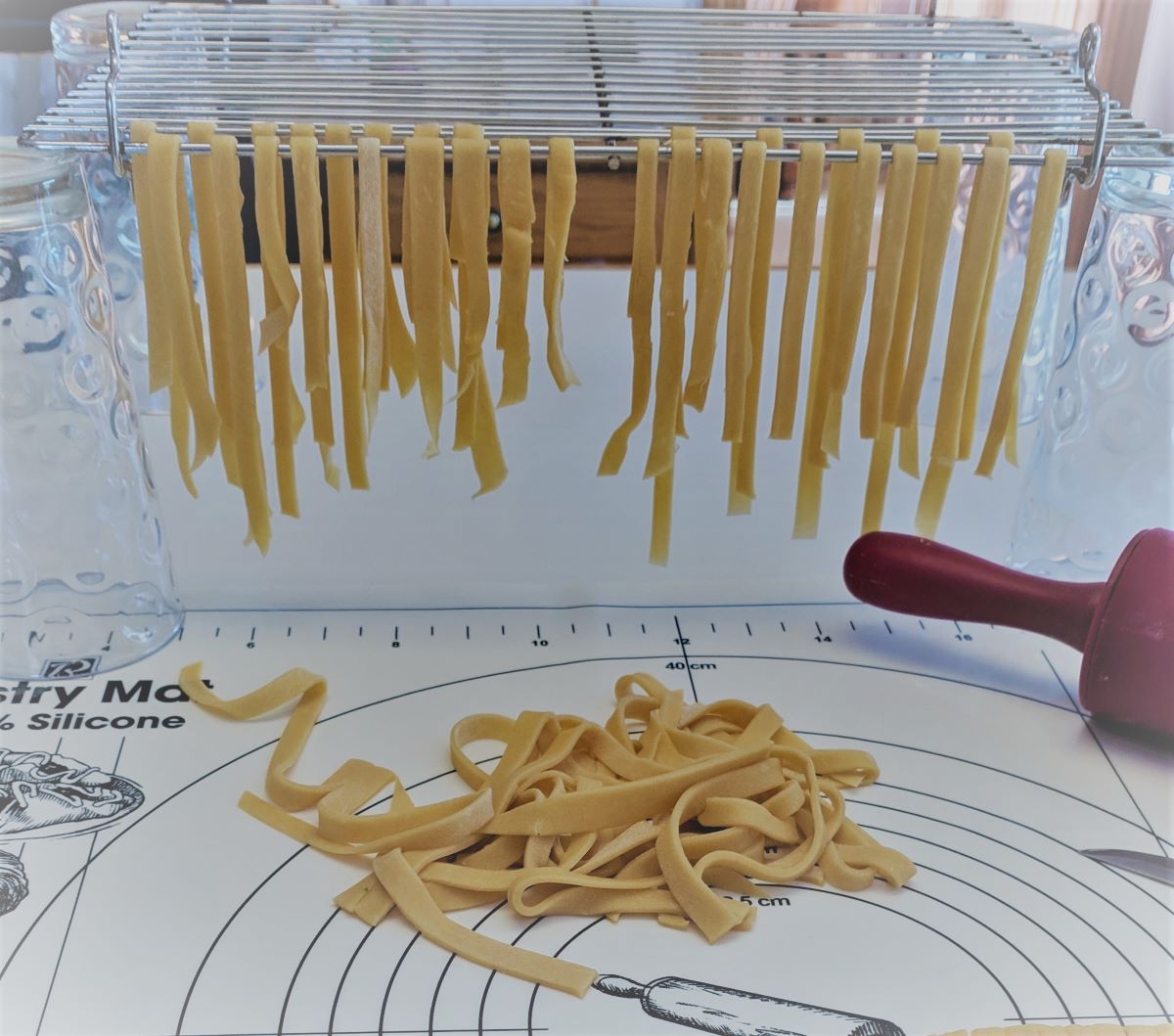
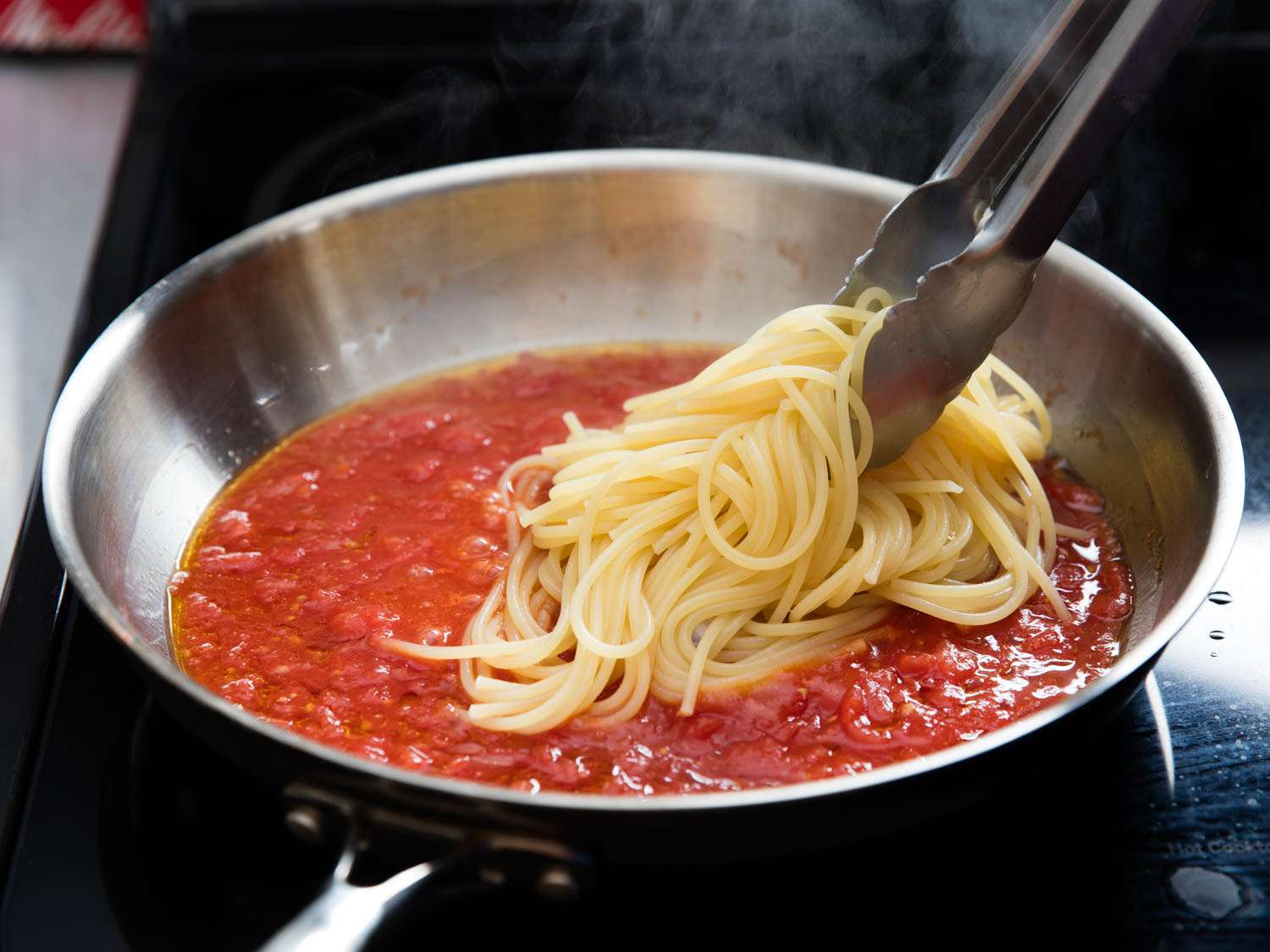
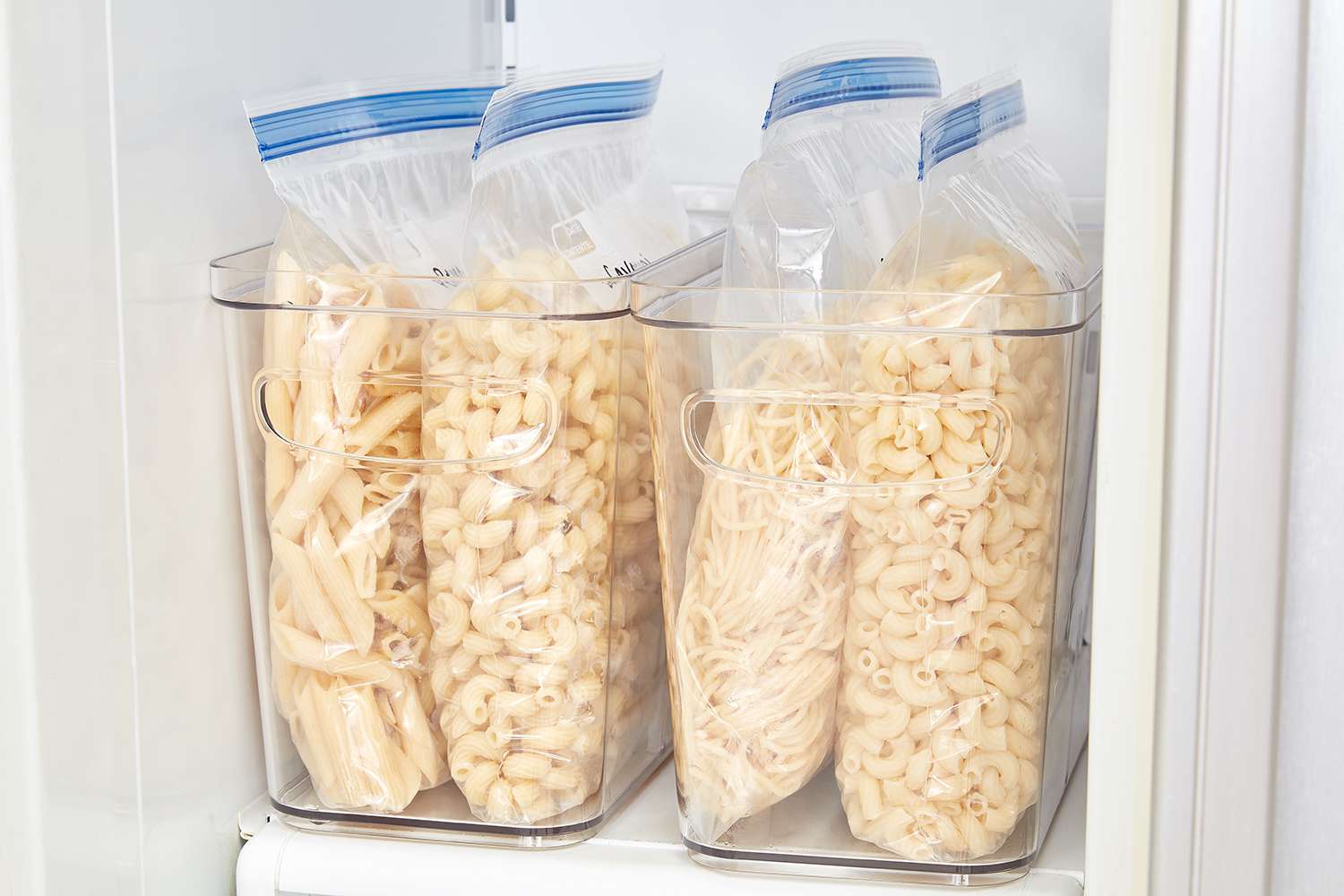

0 thoughts on “How To Store Dry Pasta”